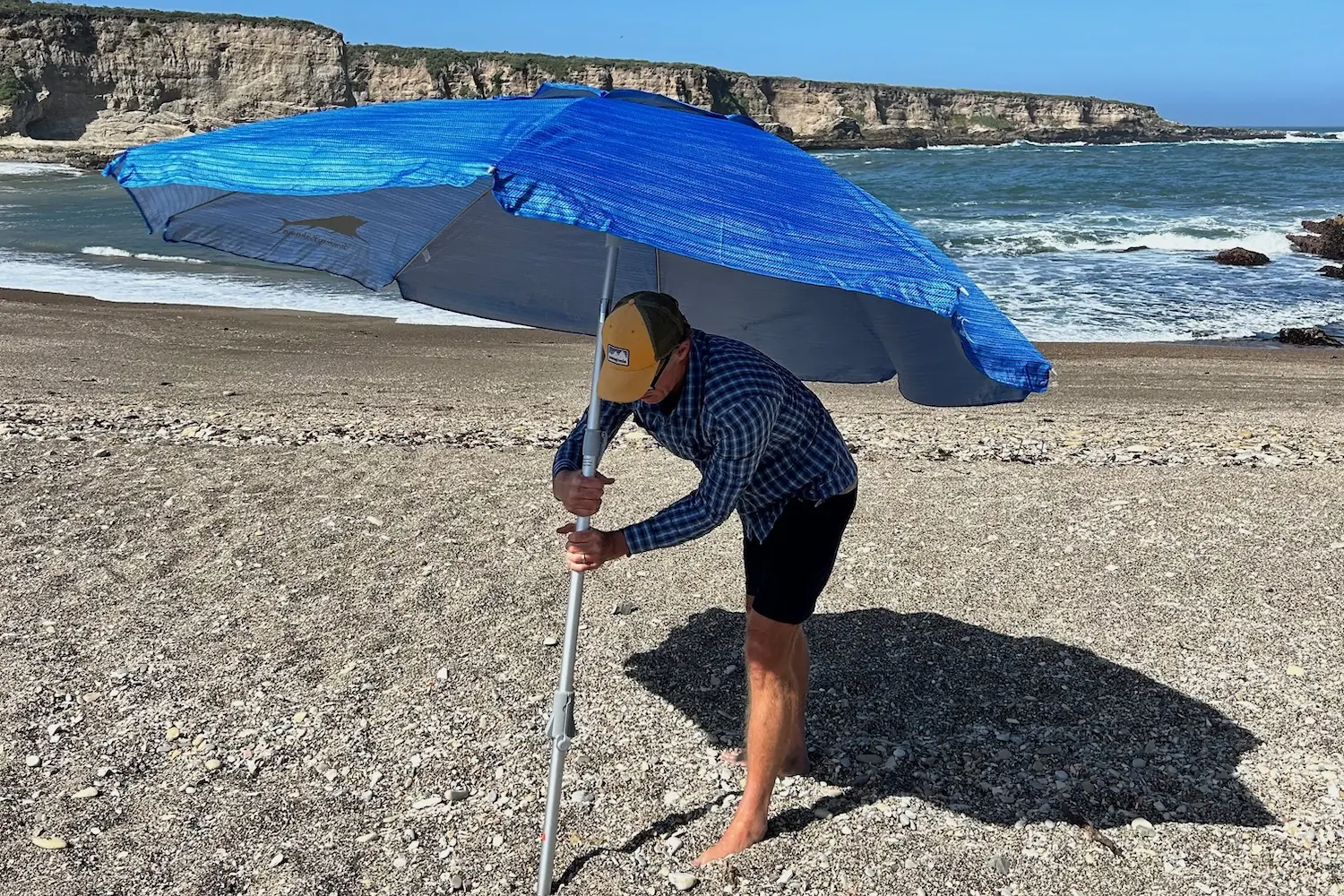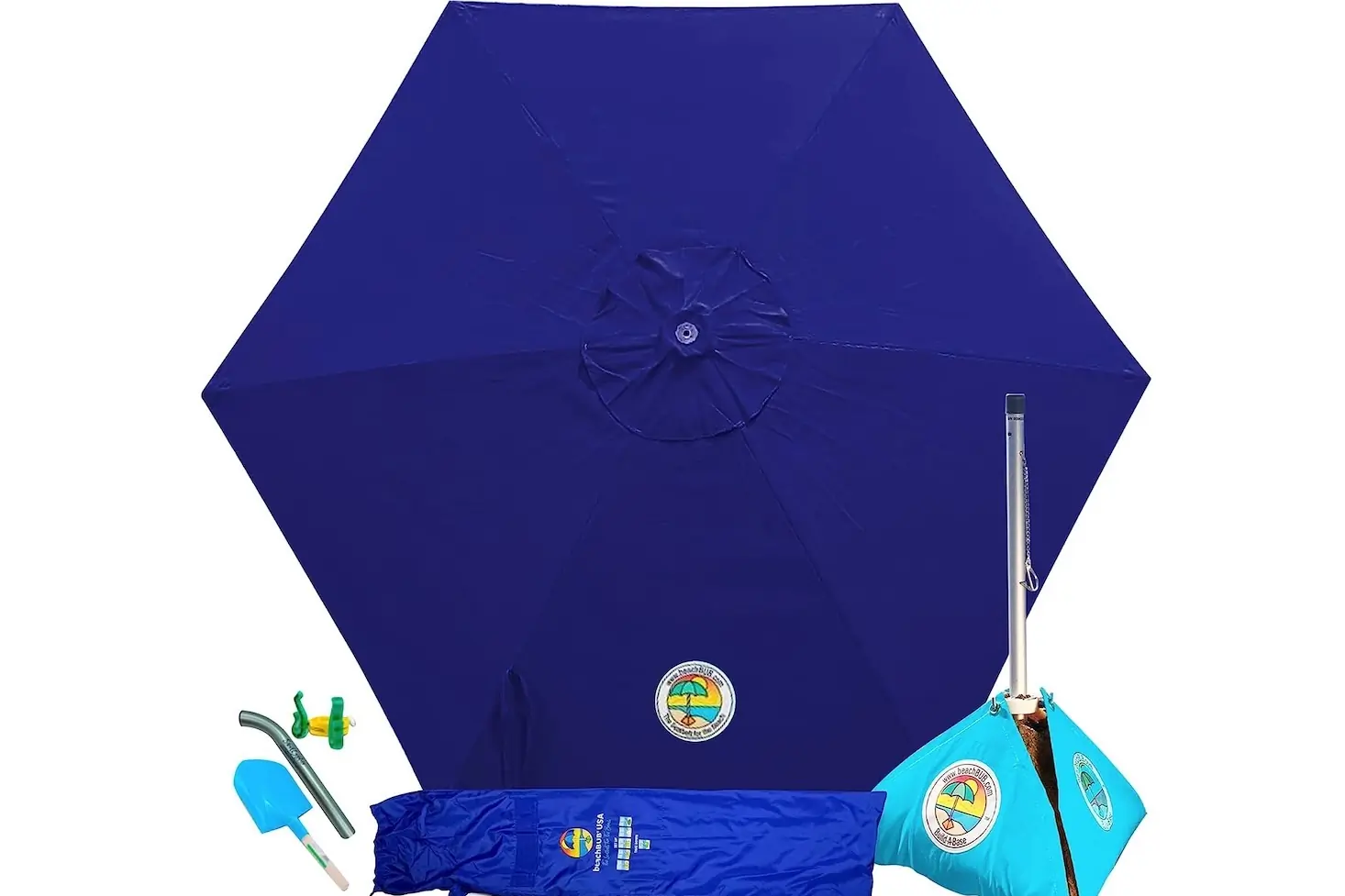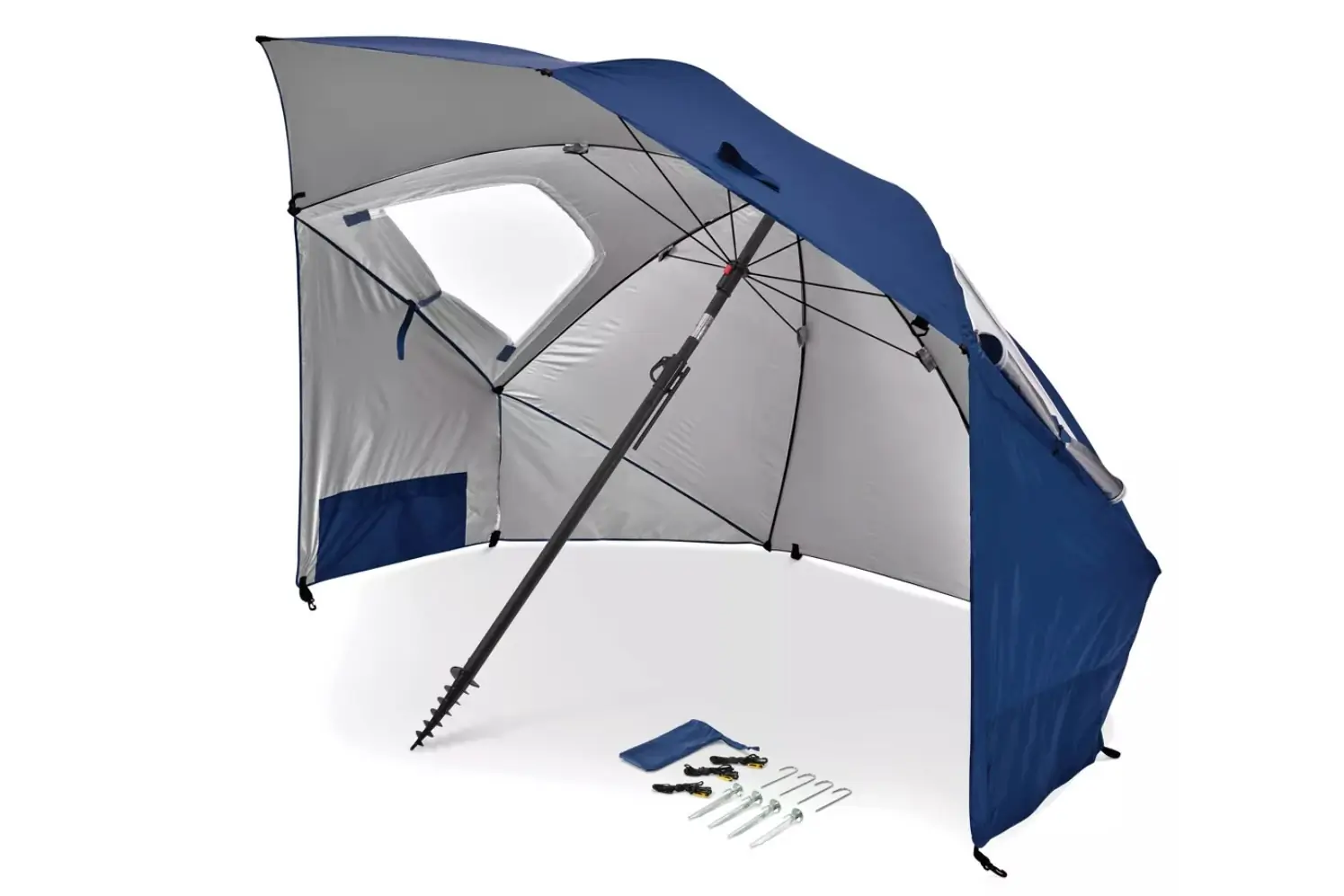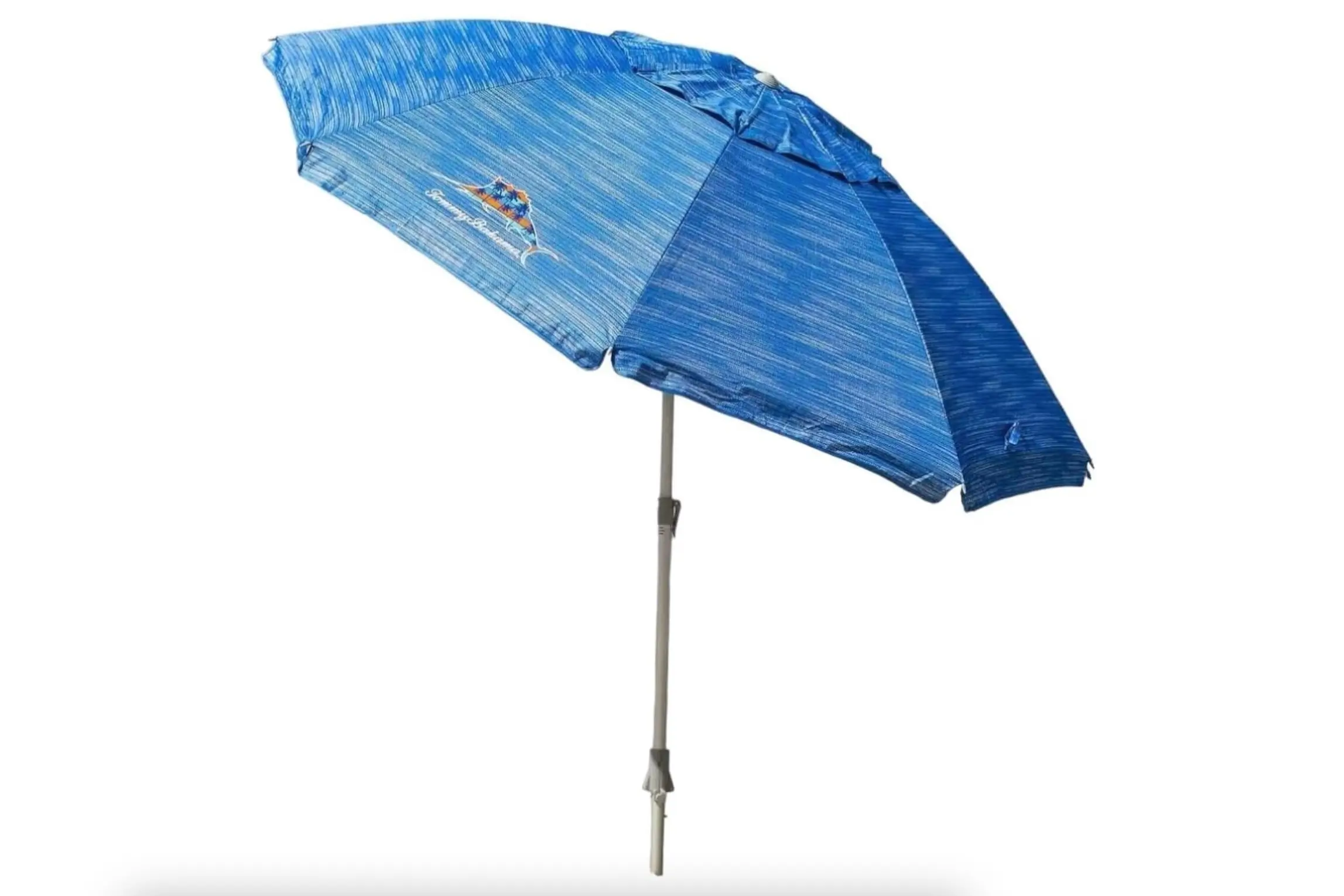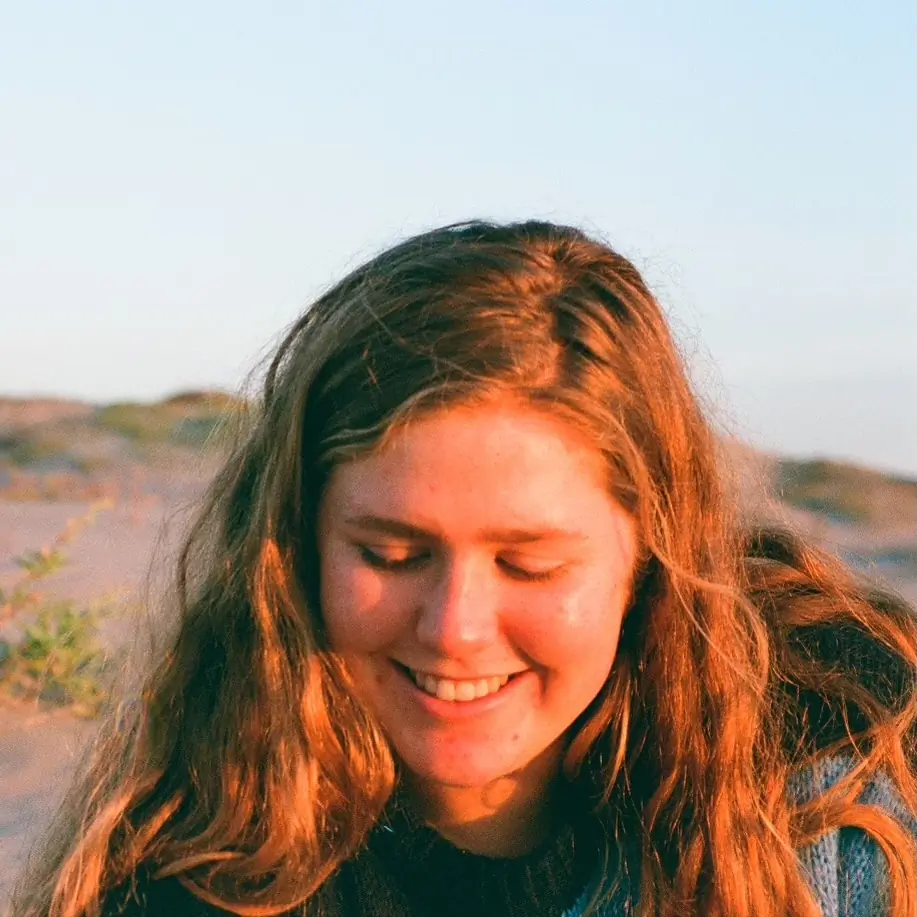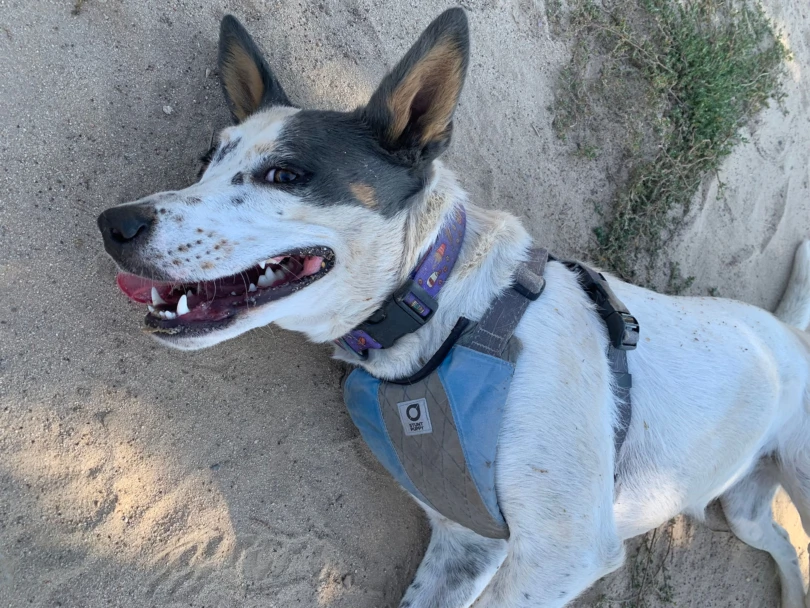For most of us, a great day at the beach means spending time in the sun while also protecting ourselves from it. The best beach umbrellas provide the sun protection we need while being easily portable, simple to set up, and resistant to wind and varying weather conditions.
While classic beach umbrellas are still among the most popular ways to create shade at the beach, there are a growing number of options and styles to choose from. From beach tents to canopies and wing-style shades, there are more ways than ever to protect yourself, your family, and your friends from the sun.
In our quest to find the best beach umbrellas, we recruited lifelong beachgoer and beach gear expert Hannah Haas to test a diverse selection of shade-casting products. She spent weeks testing these umbrellas and shades at beaches near her home on the California Coast while focusing on important factors like portability, ease of setup, shade area, adjustability, features, and wind stability.
After extensive testing, we’ve chosen our favorite beach umbrellas and shades. So whether you’re looking for something small to keep your face out of the sun or something larger to cover the whole family, we’ve got recommendations to suit your needs and meet your budget.
Editor’s Note: This guide was updated on November 8, 2024, with the addition of a Price & Value section.
The Best Beach Umbrellas of 2025
- Best Overall Beach Umbrella: beachBUB All-in-One Beach Umbrella
- Best Budget Beach Umbrella: Outdoor Master Beach Umbrella
- Best Personal Beach Umbrella: Sport-Brella Versa-Brella
- Best Beach Shade for Windy Conditions: Neso 1
- Best Beach Tent: Kelty Cabana
- Best Beach Canopy: Sun Ninja Tent 4-Person
beachBUB All-in-One Beach Umbrella
- Type: Umbrella
- Size: 7.5 ft.
- Weight: 9 lbs.
- Materials: 1.5mm thickness aluminum pole, 220G commercial-grade fabric
- Protection rating: 50+ UPF
Pros
- Sturdy; stable in wind
- Easy setup
- Portable
- Carrying case with padded shoulder strap
- Multiple color options
Cons
- Pricey
- Doesn't tilt
- Requires sand for setup and stability
Outdoor Master Beach Umbrella
- Type: Umbrella
- Size: 6.5 ft.
- Weight: 6.3 lbs.
- Materials: Stainless steel, polyester
- Protection rating: UPF 50+
Pros
- Convenient cupholders
- Adjustable tilt
- Versatile
- Easy to set up
- Affordable
- Lots of color options
Cons
- Limited shade
- Not the most comfortable to carry
Sport-Brella Versa-Brella
- Type: Clamp-on umbrella
- Size: 38" x 39"
- Weight: 1.8 lbs.
- Materials: Steel, aluminum, polyester
- Protection rating: UPF 50+
Pros
- Portable
- Lightweight
- Adjustable clamp
- Versatile – good for use in other outdoor situations
- Comes in several color options
- Also comes in XL size
Cons
- Small shade area
- Limited to one user
- Not freestanding
Neso 1 Beach Tent
- Type: Wing-style shade
- Size: 7' x 7'
- Weight: 4 lbs.
- Materials: Aluminum poles, water-resistant nylon/Lycra blend
- Protection rating: UPF 50+
Pros
- Quick setup
- Super-portable
- Noise-free and handles wind well
- Comes in a huge range of colors and patterns
- Also offered in larger sizes
Cons
- Surface dependent for anchoring corners
- Stakes sold separately; requires sand or rocks for anchors
- Low height — not ideal for those who like to stand
Kelty Cabana
- Type: Beach tent/shade
- Size: Floor: 45.5 sq. ft.
- Weight: 7.3 lbs.
- Materials: Fiberglass poles, 68D PU-coated Polyester
- Protection rating: not specified
Pros
- Easy to assemble
- Ample shade
- Can zip front shut for privacy
- Well-made
- Reasonable price for what it is
Cons
- Might need some long stakes to pin it down for use in high winds
Sun Ninja Tent – 4 Person
- Type: Tent canopy
- Size: 7.5 ft. x 7 ft.
- Weight: 7.2 lbs.
- Materials: Aluminum poles, elastic spandex fabric
- Protection rating: UPF 50+
Pros
- Different size options
- Compact, lightweight, and easily portable
- Four color options
- Anchor corners with sand or included stakes
- Versatile
Cons
- Pricey
- 4-person size is a little too low for standing for most people
- Takes practice to get setup dialed for use in the wind
Best of the Rest
- Type: Umbrella-tent hybrid
- Size: 8 ft.
- Weight: 8 lbs.
- Materials: Steel pole, polyester fabric
- Protection rating: UPF 50+
Pros
- Zippered windows
- Internal pockets
- Tilt mechanism
- Comes in other sizes
Cons
- Unclear instructions
- Limited stability and wind resistance
- Type: Umbrella
- Size: 6 ft.
- Weight: 5 lbs.
- Materials: Steel pole and Polyester fabric
- Protection rating: Not specified
Pros
- Easy set up
- Lightweight
- Portable
- Affordable
Cons
- Base too light
- Cannot withstand heavy wind
- Limited shade
Beach Umbrella Comparison Chart
| Beach Umbrella Model | MSRP | Type | Size | Weight |
|---|---|---|---|---|
| beachBUB All-In-One Beach Umbrella | $160 | Umbrella | 7.5 ft. | 9 lbs. |
| Outdoor Master Beach Umbrella | $70 | Umbrella | 6.5 ft. | 6.3 lbs. |
| Sport-Brella Versa-Brella | $30 | Clamp-on umbrella | 38″ x 39″ | 1.8 lbs. |
| Neso 1 | $105 | Wing-style shade | 7 ft. x 7 ft. | 4 lbs. |
| Kelty Cabana | $110 | Beach tent/shade | Floor: 45.5 sq. ft. | 7.3 lbs. |
| Sun Ninja Tent 4-Person | $130 | Tent canopy | 7.5 ft. x 7 ft. | 7.2 lbs. |
| Sport-Brella-Premiere | $65 | Umbrella-tent hybrid | 8 ft. | 8 lbs. |
| Tommy Bahama Beach Umbrella | $65 | Umbrella | 6 ft. | 5 lbs. |
How We Tested Beach Umbrellas
From the mountains to the beach, the team at GearJunkie loves being anywhere outdoors. Whether we’re hanging out by a lake or kicking it at the ocean on the coast, we also know that protecting ourselves from the sun is critical for our comfort and enjoyment. If we’re protecting our skin from sunburn or preventing overheating on a hot day, having the right beach umbrella or shade is a critical piece of gear that we don’t go to the beach without.
Our Expert Tester
For our beach umbrella buyer’s guide, we called on the experience and expertise of Hannah Haas. A graduate student, outdoor enthusiast, avid beachgoer, and freelance journalist, Hannah has spent pretty much her entire life on the beaches of California’s coastline.
Just like the rest of us, she’s been balancing the desire to spend sunny days at the beach with the need to protect herself from the sun for decades. In doing so, she’s used every type of beach umbrella and shade you can think of over the years.
Our Testing Process
After researching the best and most popular beach umbrellas on the market, we rounded up a diverse group of eight models to test and compare side by side. Hannah spent weeks testing each model on frequent trips to the beach, outings to the park with friends, and in her own backyard.
She compared critical factors like weight, portability, ease of setup, shade coverage, adjustability, features, and wind resistance to determine her favorites and those that excel in specific ways compared to the rest.
Beyond her personal experience, Hannah also solicited the opinions of friends, family, and fellow beach lovers. After a comprehensive review, the list above represented the best beach umbrellas we could find. Our beach umbrella testing doesn’t end here. We’ll continue to scour the market and test new models to keep this guide updated with the best options for your next beach day.
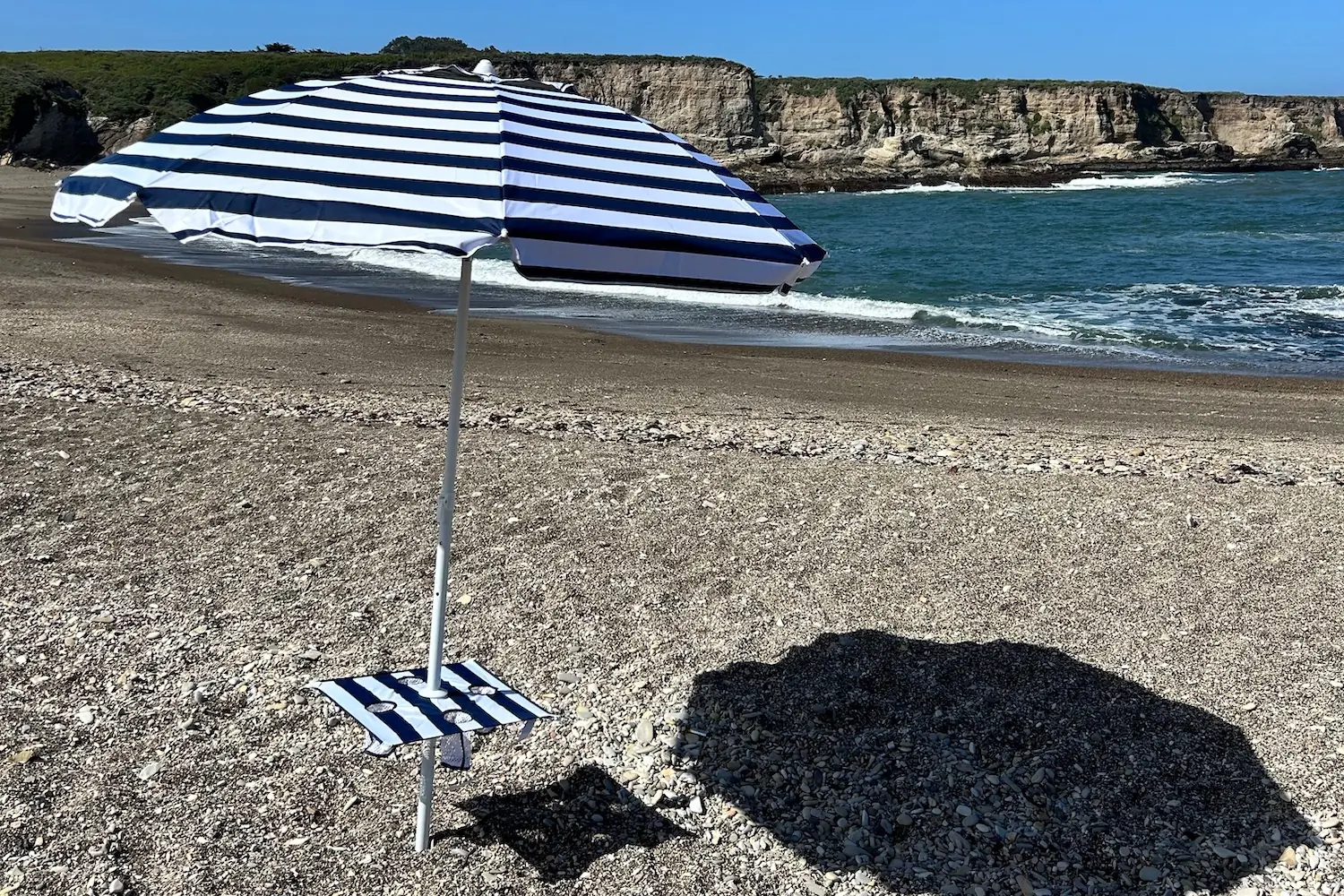
Buying Guide: How to Choose a Beach Umbrella
With so many options on the market, finding the right umbrella or shade for a day at the beach can be overwhelming. Here we’ll discuss the different types of umbrellas and shades along with factors to consider when trying to find the best option for your perfect day at the beach. And if you’re interested in larger shade structures, check out our guide to the best canopy tents.
Shade Type
These days, we’ve got many different options for creating shade at the beach. Umbrellas are still a great choice for many people, but we also have beach tents, canopies, and shade hybrids to choose from.
Umbrellas like the beachBUB All-In-One, Outdoor Master, and Tommy Bahama remain popular choices for their simplicity and ease of use. They are generally quite easy to set up, auger into the sand, and pop open to create your shady space. They come in varying sizes, with 6-7.5-foot diameters among the models we tested.
The top of the umbrella can often be tilted to optimize its angle to that of the sun. In general, most umbrellas are best for two to three people. For the most part, umbrellas are pretty sensitive to higher winds and have difficulty standing up to stronger gusts. Many modern umbrellas now come with sand anchors by the base that helps add stability and wind resistance.
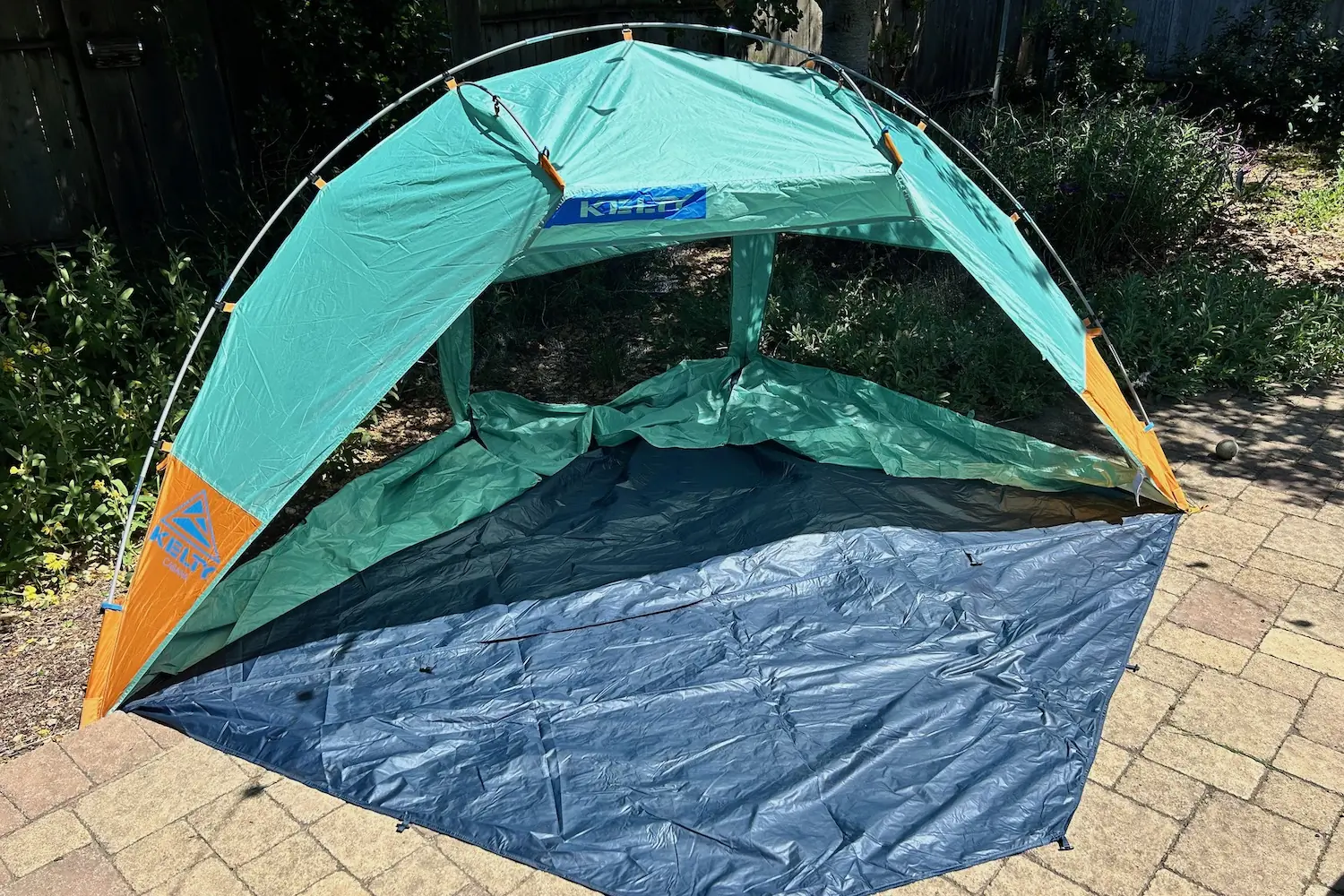



Beach tents like the Kelty Cabana are another good option. These are similar in some ways to a regular camping tent but are typically domed on one side and open on the other. Beach tents are nice because they can create a full wind block, provide more privacy, and full protection from the sun. They tend to be a bit shorter in height, however, so they are best suited to folks who like to lay or sit down on the ground on their beach towels.
We also tested the Sport-Brella Premiere which has design elements of both an umbrella and a beach tent. It basically sets up like an umbrella at an extreme angle and has side flaps that can be staked down to create a shield similar to a tent.
Pop-up style canopies are popular among many beachgoers, but their size often makes them more difficult to transport. They can also be a liability in gusty winds unless they are well anchored. Fortunately, there are some great new beach canopy options on the market that are much lighter, smaller when packed, and handle wind better than your cheap old EZ-Up.
Both the Neso 1 and the Sun Ninja Tent are great examples of this breed of beach canopy. Utilizing stretchy fabric and two (Neso 1) or four (Sun Ninja) poles, these shades can be set up in a variety of ways to create larger shaded spaces than umbrellas. Typically, the corners are anchored by filling them with sand, pinning them down with rocks, or using stakes, and they can be very wind tolerant when set up properly.
Size
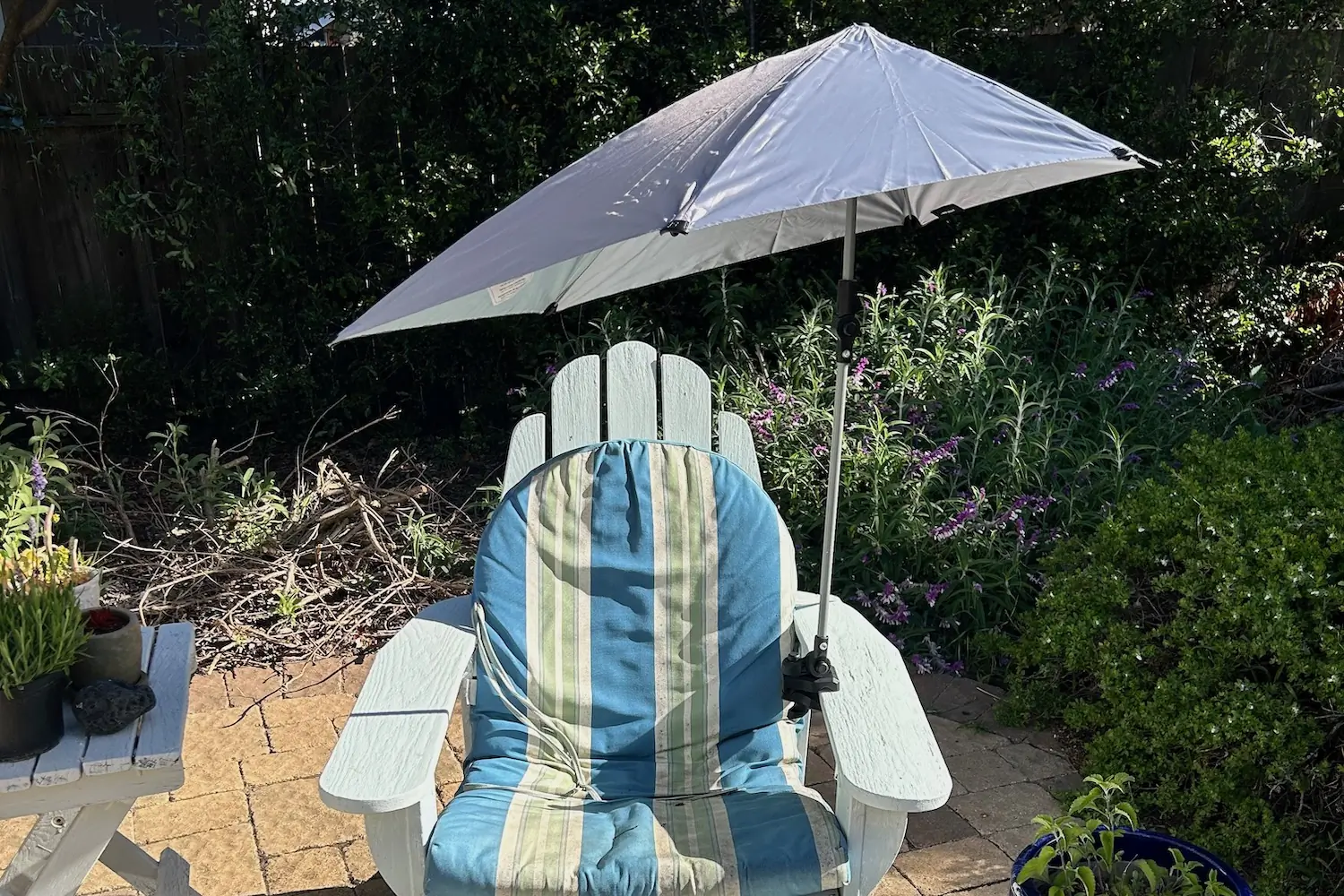



Depending on the number of people in your group, the size of your beach umbrella or shade is an important factor to consider. It’s pretty obvious, but the larger the shaded area, the more people that can fit under it. If you roll solo more often than not, a personal-size umbrella like the Sport-Brella Versa-Brella might fit the bill to keep the sun off your face.
If you often go to the beach with one or two other people, then a smaller umbrella like the beachBUB All-In-One, Outdoor Master, or Tommy Bahama might be the perfect size for your needs. Similarly, the Kelty Cabana or Sport-Brella Premiere is also a perfect size for two to three people.
As your group size increases, you’ll likely want to look into larger shades to fit everyone underneath. Both the Neso 1 and the Sun Ninja Tent have larger, square shade areas. Both options also come in larger sizes for bigger groups. You may also want to consider your height and if you want to be able to stand up or if you think you’ll be lying down on your beach towel all day.
Wind Performance
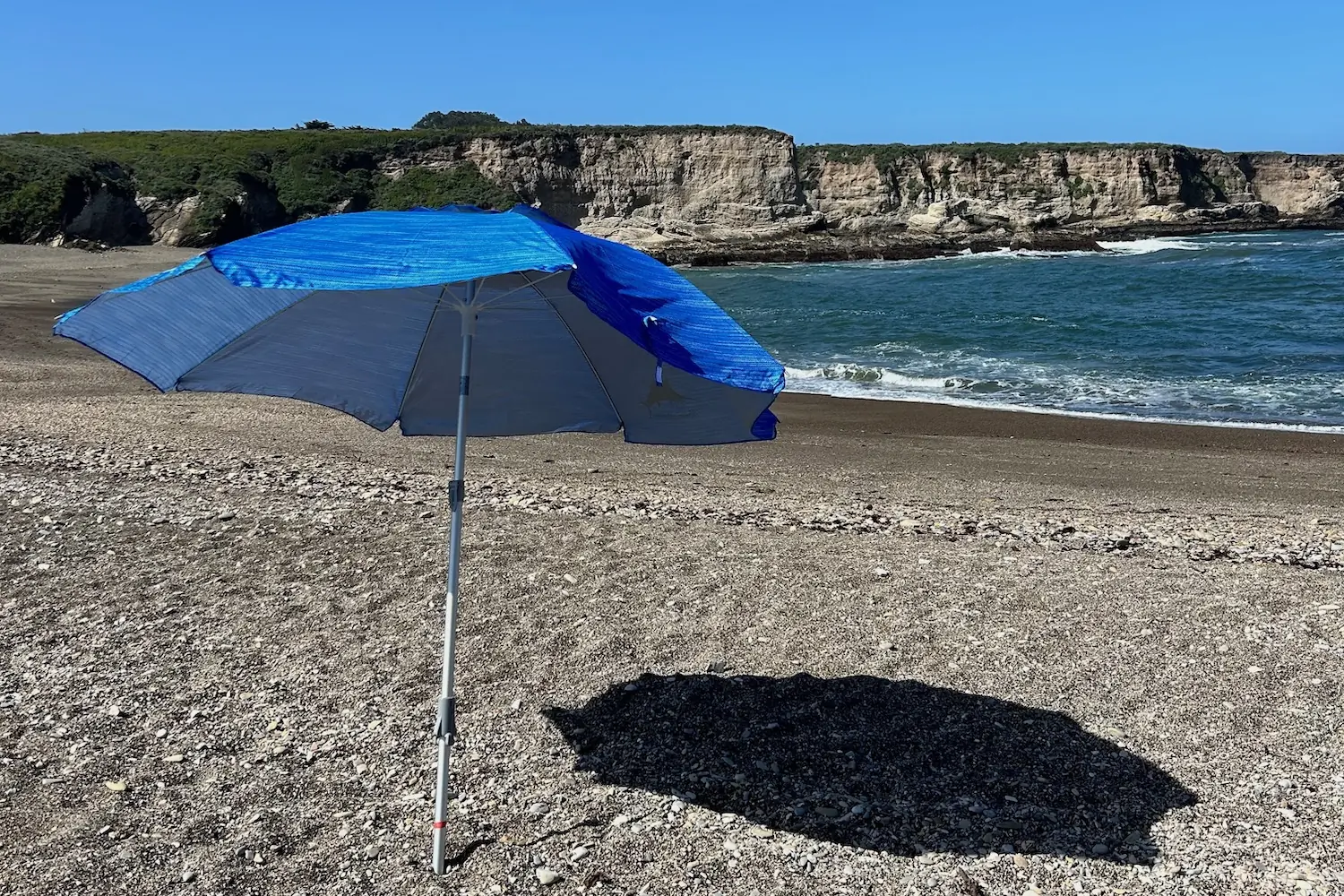



While calm conditions are nice, it often gets a bit breezy at the beach, so having an umbrella or shade that can handle light to moderate winds is pretty important. There’s nothing worse than your umbrella flipping inside out or breaking or watching your canopy tent go airborne and fly away, possibly injuring other beachgoers.
Thankfully, most modern beach umbrellas and shades are made with handling wind in mind, and all of the models we tested will do just fine in light winds. Some are better suited for moderate to high winds than others, however, with designs and features that make them more sturdy and wind-resistant.
Of the umbrellas we tested, the beachBUB All-In-One was by far the best at handling the wind. Not only is it made of beefier, higher-quality materials, but it has a base made specifically to enhance its stability. The brand also claims that it has been tested in winds up to 44 mph, which is much more than most other umbrellas can handle.
For really windier days, we liked using the Neso 1. With the corners well anchored, this shade allows wind to pass under and through it, while the stretchy material is much less noisy than those used in many other umbrellas and shades.
Portability
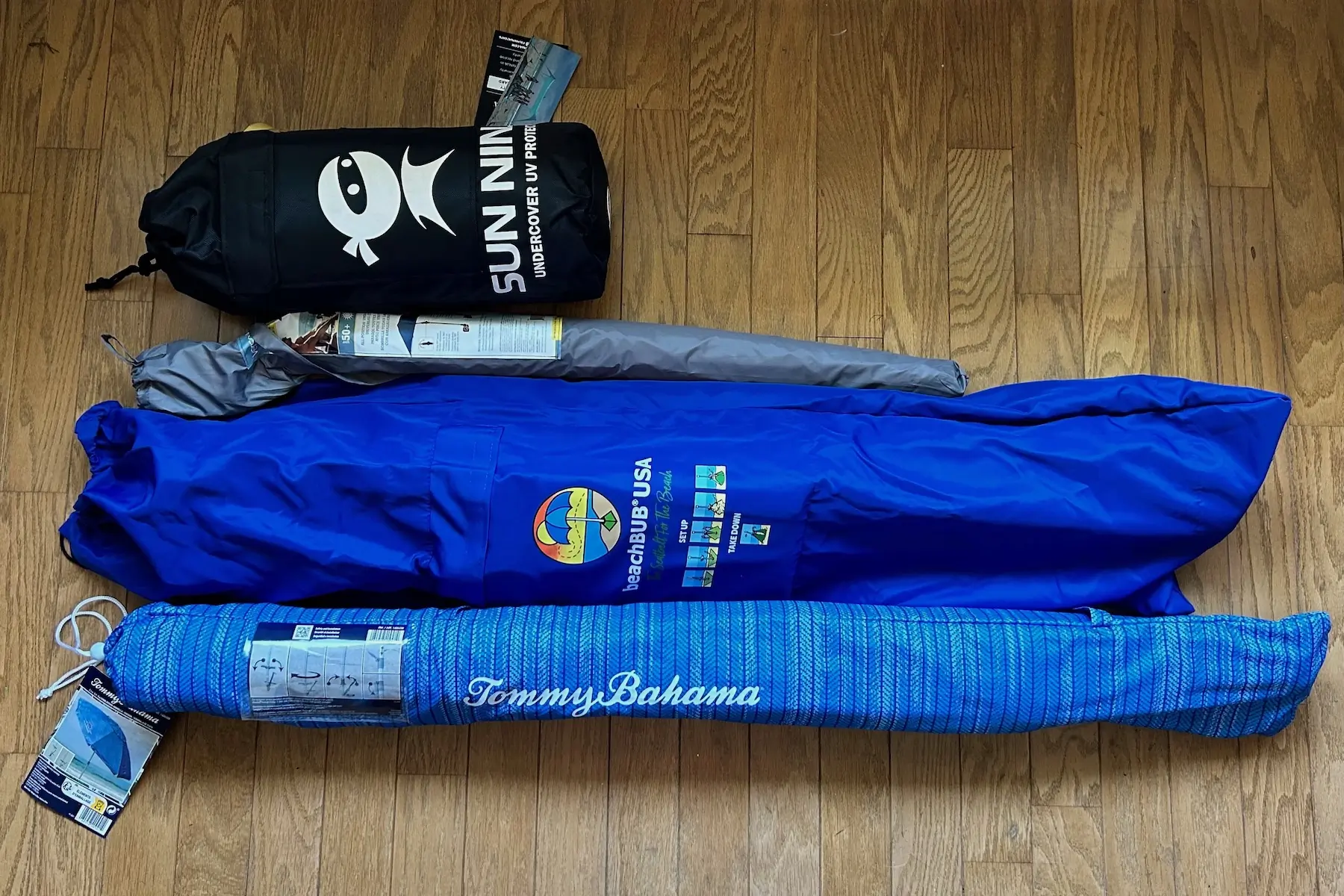



A great beach umbrella is most useful when its easy to get it where you need it — the beach. This includes loading it into your car but also how easy it is to carry from your vehicle to your beach spot. Weight is the main factor when determining how portable an umbrella will be. Portability also includes how easily the umbrella folds back up, how compact it is, and whether or not it comes with a case to carry it in.
The good news is that most beach umbrellas and shades are quite portable, some more so than others. While they typically are the longest when collapsed down for transport due to the longer section of those poles, most umbrellas come with a convenient storage/carrying bag.
These bags typically have a shoulder strap so you can sling it over your shoulder, or you can toss it in your beach wagon, and it won’t get hung up on other items. Surprisingly, the largest shades we tested happen to take up the least space. Both the Neso 1 and the Sun Ninja tent collapse down much smaller than you’d probably expect. This makes them easier to fit in a backpack to take for longer walks to your favorite far-away beach spots.
Setup
Nobody wants to get to the beach and then fumble around with their umbrella or tent for a long time while standing on hot sand. The setup and breakdown of your beach shade should be quick and easy. Most people don’t enjoy reading complicated instructions or experiencing gear malfunction when they’re just trying to enjoy a day at the beach.
It is here that the umbrellas truly shine. They are very simple to put together and shove into the sand. If you’re using the beachBUB or the Outdoor Master, you may also need to take a few minutes to scoop a bit of sand into the base for extra stability in breezier conditions. The Sport-Brella Versa-Brella might be the easiest of all — just pop it open and clamp it onto your chair.
For tents and canopies, they may seem like more work to get set up, but they still only take a few minutes. With the Sun Ninja and the Neso 1, you basically lay them flat, stretch out the corners, and then fill them with sand (or pin them down with rocks or stakes, depending on the surface).
Once that’s done, you stand the poles up, and voila — you’ve got shade. The Sport-Brella Premiere and Kelty Cabana have a few extra steps, but again, they aren’t hard to set up, and it’s a small price to pay for the protection they provide.
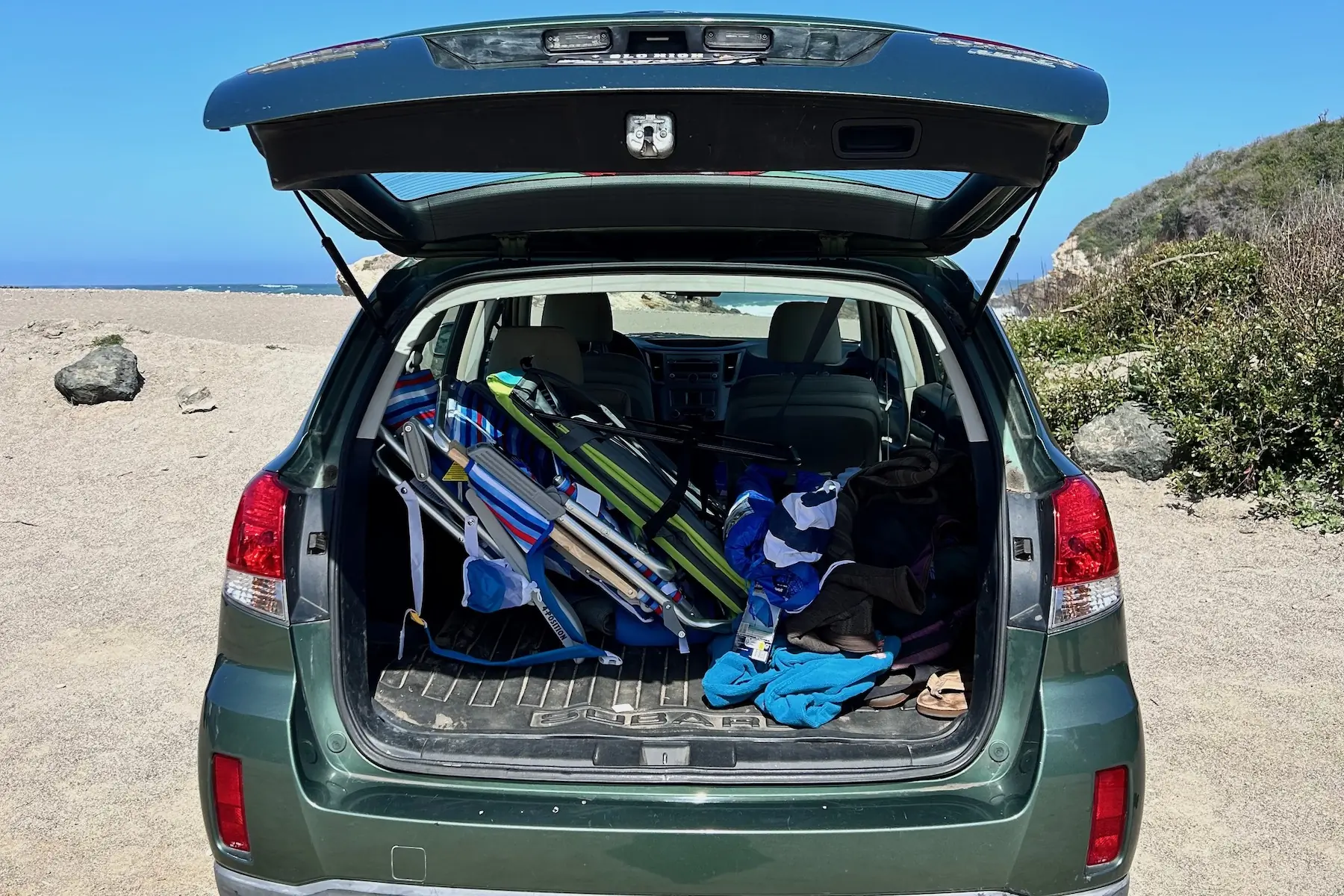



Adjustability
Most beach umbrellas and shades are relatively simple pieces of outdoor equipment, but some allow folks to adjust them to optimize their position for changing sun angles or as the sun moves throughout the day. Of course, you can always reposition your umbrella or canopy or move the spot where you’re sitting, but it’s nice to be able to easily adapt your shade by titling the umbrella or zipping some mesh windows closed.
It varies between the models we tested, but some umbrellas’ height can be adjusted and have tiltable angles to ensure shade coverage throughout the whole day. Both the Kelty Cabana and the Sport-Brella Premiere have mesh windows that can be opened or closed to increase or reduce airflow through them. While they don’t have specific adjustable features, the Neso 1 and the Sun Ninja Tent can be configured in a number of ways to optimize them for the sun or wind conditions.
Extra Features
Some umbrellas include special features like cupholders, extra storage, and windflaps that can add convenience to your beach trips. Determining how crucial any of these features is to your experience at the beach is important when shopping for the best beach umbrella.
A mini table that has cupholders and a spot for your phone is pretty nice when you want to crack open a cold one by the water and not set it down in the sand. Still, it may not be necessary if you use a chair that already has one. So, while extra features may be nice to have they may also be redundant depending on the other beach gear you’re using.
Price & Value
The beach umbrellas and shades we tested vary in price from $30 up to $160. As with most other outdoor gear, we’ve found a strong correlation between price and quality with the beach umbrellas and shades we’ve tested. As the price increases, so does the quality of materials and construction and the expected lifespan.
Budget
That’s not to say that the less expensive options like the Tommy Bahama ($65) or the Outdoor Master Beach Umbrellas ($70) won’t serve you well. Both are perfectly functional and serviceable options. Just don’t expect them to handle wind as well or last as long as their more expensive counterparts. Due to the fact that they are made with less durable fabrics and thinner metal, they just aren’t quite as robust. That said, for less windy days or less frequent use, they’ll absolutely get the job done.
If you’re looking for a portable, versatile, and adjustable single-person shade solution, the Sport Brella Versa-Brella ($30) is functional and affordable. This personal umbrella clamps onto your chair to provide a smaller shaded space that may be perfect for many people’s needs.
Mid-Tier
At around or just over $100, we tested a couple of different models that are a bit more unique in their designs. For example, the Kelty Cabana ($110) is more of a beach tent that’s freestanding and has weather-resistant material, screened windows, and collapsible poles. The more complex design undoubtedly adds to the price, but it’s still pretty reasonable for what it is.
Similarly, the Neso 1 ($105) is far from your standard beach umbrella. This wing-style canopy is supported by 2 two collapsible poles and secured with sandbag anchors, and the stretch nylon material is very quiet in the wind. When set up properly, we’ve seen these stand up very well to winds that send traditional umbrellas flying down the beach.
Premium
The beachBUB All-In-One ($160) costs more than double the price of budget umbrellas, but if the longevity of your beach gear is important to you, it may well be worth spending a little more upfront for a more robust and durable product. This overbuilt beach umbrella uses much more durable fabric, poles, and connections and is the sturdiest and most wind-resistant umbrella we’ve ever tried. It costs a lot more, but it’ll probably last 2 to 3 times longer than the cheaper options.
Another premium sun shade is the Sun Ninja Tent 4-person ($130). This is more of a shade canopy than an umbrella, and it’s crafted from a tough stretch nylon and 4 collapsible poles. It provides a relatively large shaded area and good wind resistance in a shockingly compact and portable package. It also comes in numerous sizes, so you can be sure to pick the one that will serve you best.
Frequently Asked Questions
At most beaches, there isn’t a lot of natural shade. If you want to get out of the sun, you’ve usually got to bring your own source of shade, and beach umbrellas and other shade types are a great way to do that. Most are highly portable to bring along in your vehicle and easily carry to and from your beach spot. In general, setting them up takes only a few minutes and you’re ready to relax with an added layer of sun protection.
UPF stands for Ultraviolet Protection Factor. It rates a fabric for how much UVA and UVB radiation a fabric allows to pass through it and reach your skin. Most quality beach umbrellas and shades are made with UPF-rated fabric somewhere between 30 and 50+. For reference, a fabric with a UPF 50 rating blocks 98% of UV rays and only allows 2% to pass through.
The basic design of umbrellas makes them inherently unstable in the wind. A larger diameter canopy sits at the top of a long skinny pole that has been stuck or augered into the sand. The shape of the umbrella’s canopy is prone to catching wind, and with only one anchor point in the ground, they can often be easy to blow over or pulled out of the sand completely by stronger gusts of wind.
On top of that, lightweight materials can result in the fabric tearing or the umbrella getting blown inside out. Fortunately, some brands are making more robust umbrellas that are specifically designed to withstand breezy conditions.
While it is more expensive, the beachBUB All-In-One is the best beach umbrella that we’ve seen for use in the wind. Not only is it made from more robust materials and fabrics, but the ULTRA Base features a large stabilization sandbag that can be filled with up to 125 pounds of sand. This adds significant weight at the bottom of the pole so that the umbrella is far more resistant to the effects of the wind. beachBUB claims it has been tested to withstand winds up to 44 mph.
Most true beach umbrellas have limited shade that’s usually best for two to three people max. If you have a larger group, you’ll want to have multiple umbrellas or opt for one of the larger shade canopies. In fact, lots of people will lug big, heavy 10 x 10-foot pop-up tents onto the beach for groups of four or more people.
Since that can be a hassle, we’d recommend checking out the larger sizes of the Neso and Sun Ninja Tents. The Neso Grande and Gigante are significantly larger than the Neso 1 we tested. Likewise, the Sun Ninja Tents 8-Person provides far more coverage than the 4-Person version we tested.
A beach umbrella will definitely add a layer of sun protection compared to sitting in the direct sun. You can, however, absolutely still get sunburned while you’re sitting under one. The sun reflects off the water, sand, etc., and UV rays can still make it to your body and burn your skin.
So, even though you are sitting in the shade, we still recommend wearing your favorite sunblock to prevent getting an unexpected sunburn. Likewise, a UPF-rated sun protection shirt can add an additional layer of coverage for your skin.
Realistically, you don’t need much to go to the beach. For many people, a good beach towel and a bottle of sunscreen might be all they need to spend a few relaxing hours catching some rays. If you’re not a minimalist, however, there are plenty of other pieces of gear that can enhance your beach experience. A good beach towel is an absolute must for drying off or lying on the sand. If you prefer not to sit directly on the sand, a quality beach chair can help you sit more comfortably.
Hard-sided coolers, soft coolers, or backpack coolers should be considered to keep your drinks cold until you’re ready to enjoy them. Coolers will also keep your food cool until you’re ready to fire up the portable grill for that family barbeque. And, if you’re toting all those things down to the beach, investing in a good beach wagon can be a great way to haul all of your beach gear while reducing frustration and trips to and from your vehicle.
Related Content
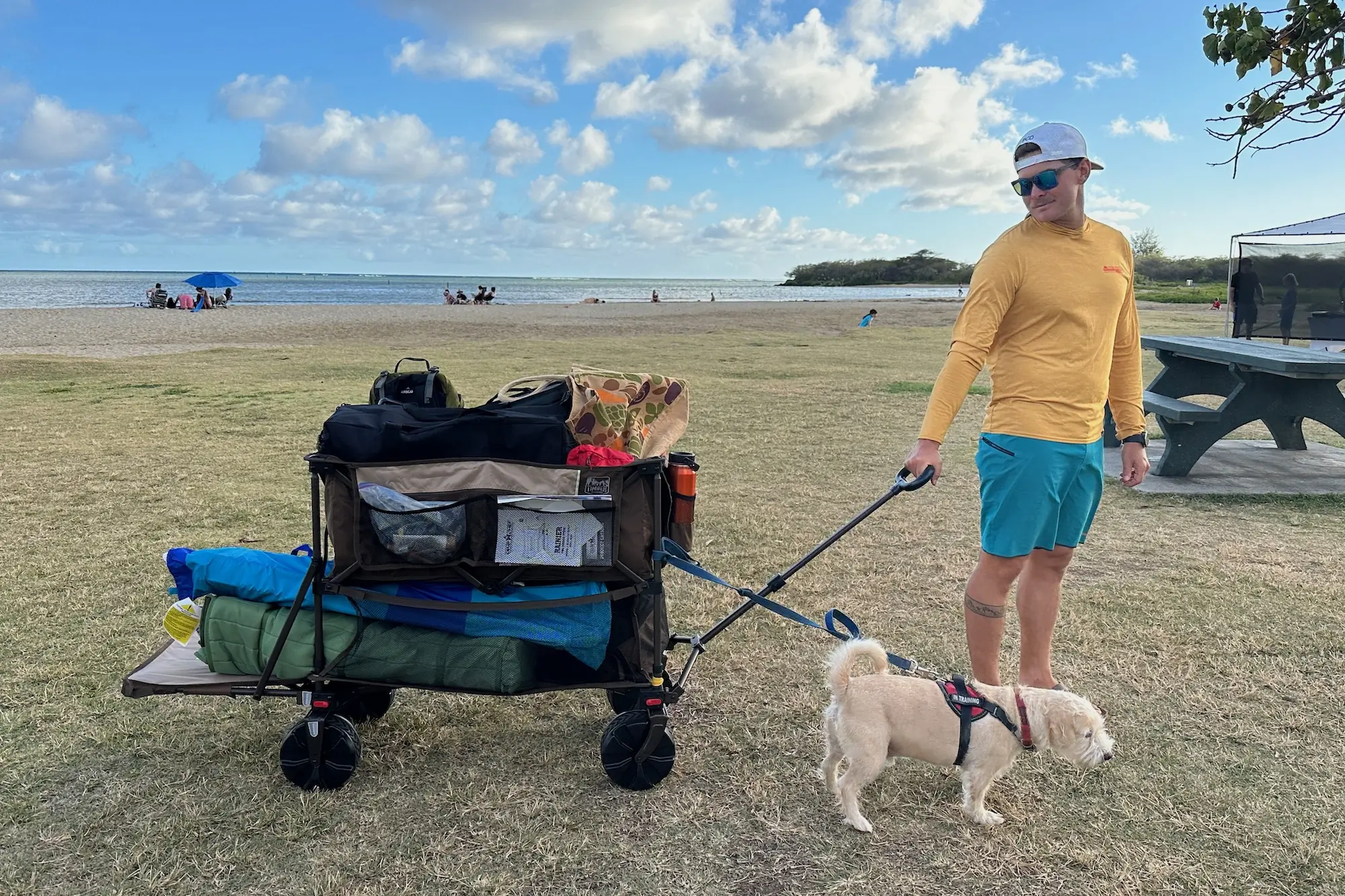

The Best Beach Wagons of 2025
We tested eight of the best beach wagons to help you find the right gear-hauler to suit your needs and meet your budget.
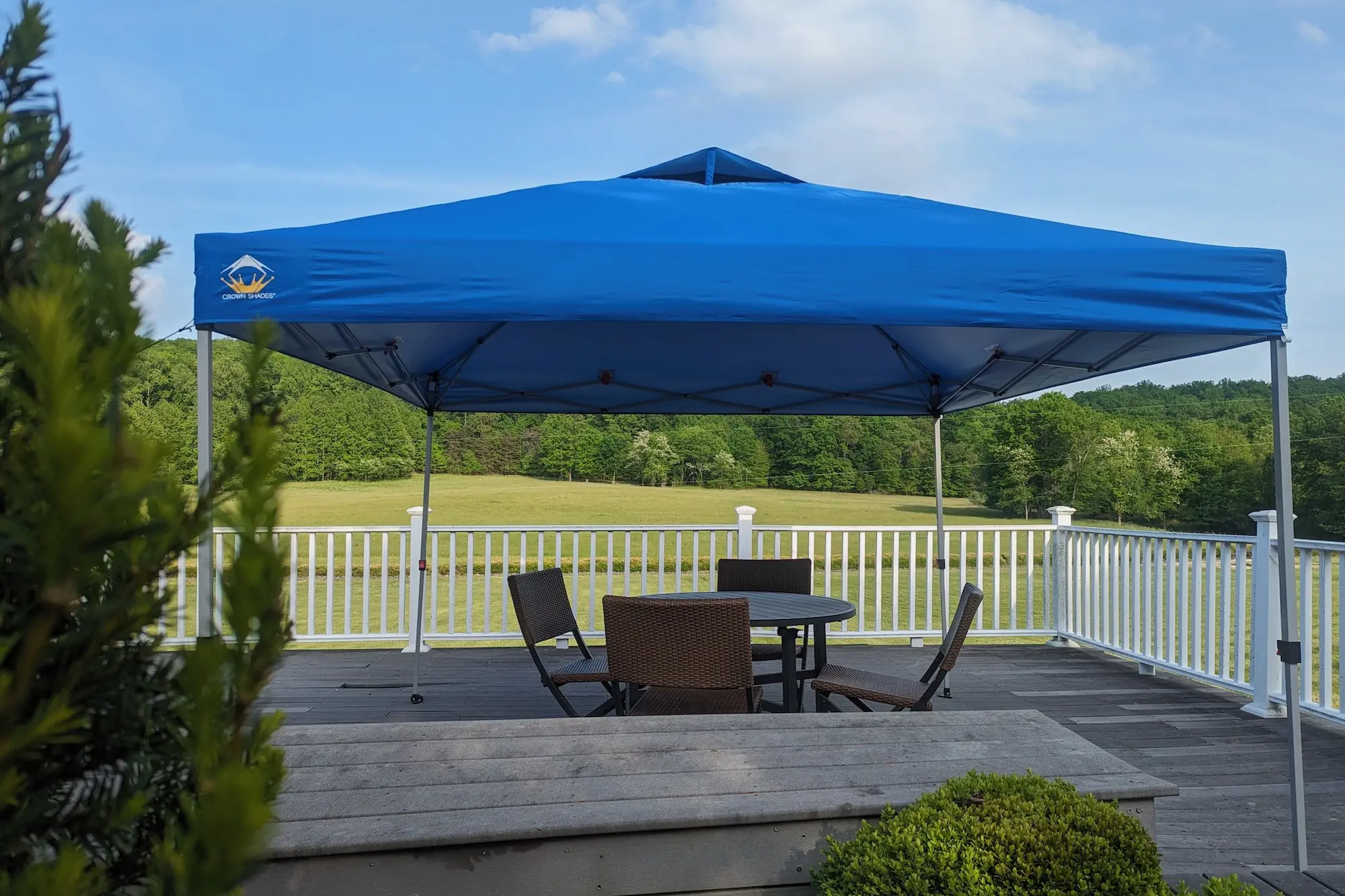

The Best Canopy Tents of 2025
We tested 7 of the best canopy tents on the market to help you find the right model to suit your intended use, needs, and budget.
